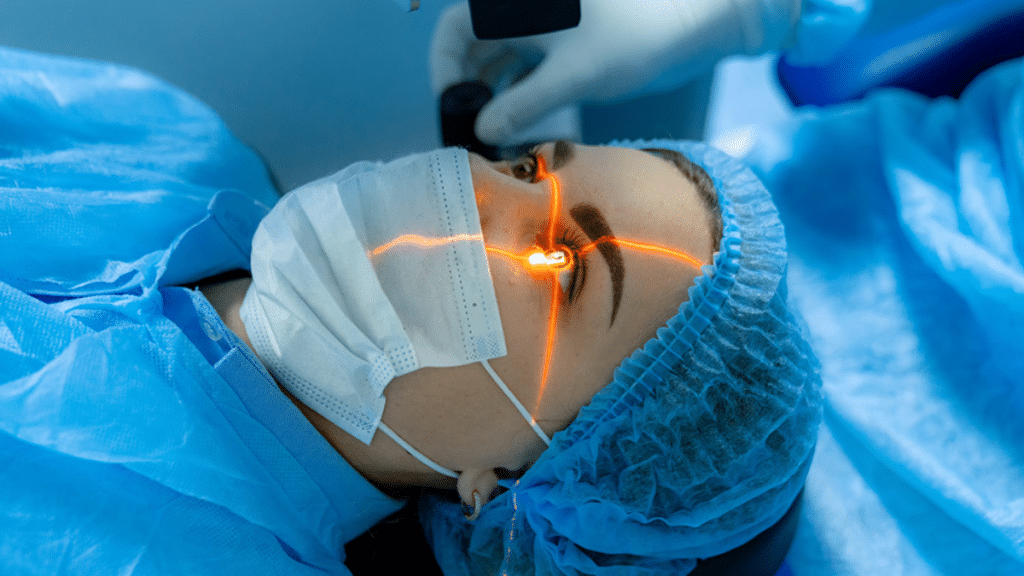Pterygium, a growth of the conjunctiva (the clear membrane covering the white part of your eye) onto the cornea, can be more than just a cosmetic concern. It can cause irritation, redness, blurred vision, and even astigmatism. If you’re considering pterygium removal, you might be picturing an uncomfortable recovery with stitches. However, modern pterygium surgery has evolved significantly, offering a much more comfortable and effective solution: the stitch-free approach with autograft and glue.
The Evolution of Pterygium Surgery: No More Stitches!
For many years, pterygium surgery often involved sutures to secure the conjunctival autograft (a small piece of healthy tissue taken from your own eye) after the pterygium was removed. While effective, stitches could lead to discomfort, a longer healing period, and a sensation of foreign body in the eye.
Today, thanks to advancements in surgical techniques and materials, many leading ophthalmologists perform pterygium surgery without a single stitch. This revolutionary approach utilizes a special surgical glue, typically fibrin glue, to precisely secure the autograft.
The Ideal Technique: Large Autograft and Glue
So, what constitutes the “perfect” technique for pterygium surgery? It’s a combination of two key elements:
- A Large Autograft: The pterygium is carefully removed, and then a generous piece of healthy conjunctiva from the patient’s own eye (usually from under the upper eyelid) is harvested. The larger size of this autograft provides a more robust barrier against recurrence and ensures excellent coverage of the exposed sclera.
- Surgical Glue (Fibrin Glue): Instead of sutures, the autograft is meticulously positioned and secured using a biocompatible surgical glue. This glue dries rapidly, creating a strong and secure adhesion.
The Benefits of the Stitch-Free, Large Autograft, and Glue Technique
This modern approach offers a trifecta of benefits for patients:
- Less Pain in the Post-Operative Period: Without stitches, there’s significantly less irritation, foreign body sensation, and overall discomfort during recovery. Patients often report a much smoother and more tolerable healing process compared to traditional sutured techniques.
- Very Low Recurrence Rate: The primary concern with pterygium surgery has always been recurrence. The large autograft provides a robust barrier, and when combined with the secure adhesion of surgical glue, it significantly reduces the chances of the pterygium growing back. This technique boasts some of the lowest recurrence rates currently achievable.
- Excellent Cosmetic Outcome: The absence of stitches means there are no suture marks, leading to a much smoother and more natural-looking eye post-surgery. The large autograft also contributes to a more aesthetically pleasing result, as it effectively covers the surgical site and blends seamlessly with the surrounding tissue.
What to Expect
Pterygium surgery is typically an outpatient procedure, meaning you go home the same day. While you’ll receive detailed post-operative instructions from your surgeon, generally you can expect some mild discomfort and redness for a few days, which can be managed with prescribed eye drops. Recovery is generally much quicker and more comfortable with the stitch-free technique.
If you’re dealing with a pterygium, don’t let the thought of traditional surgery deter you. Modern, stitch-free pterygium surgery with a large autograft and glue offers a highly effective, comfortable, and cosmetically superior solution, helping you achieve clear vision and healthy-looking eyes. Discuss this advanced technique with your ophthalmologist to see if it’s the right option for you.
